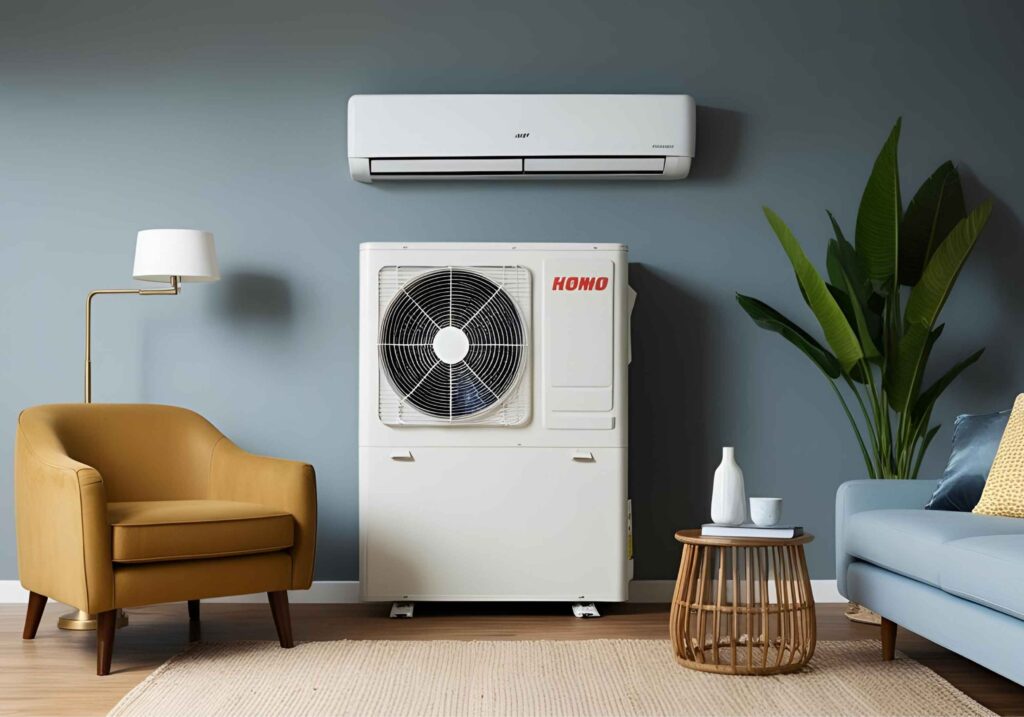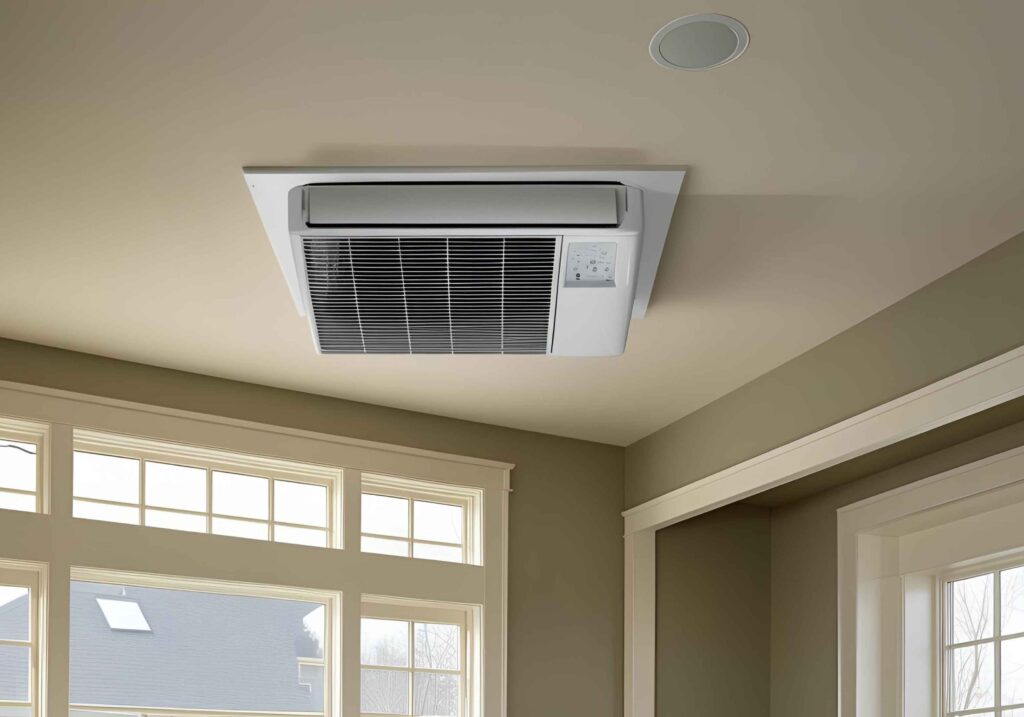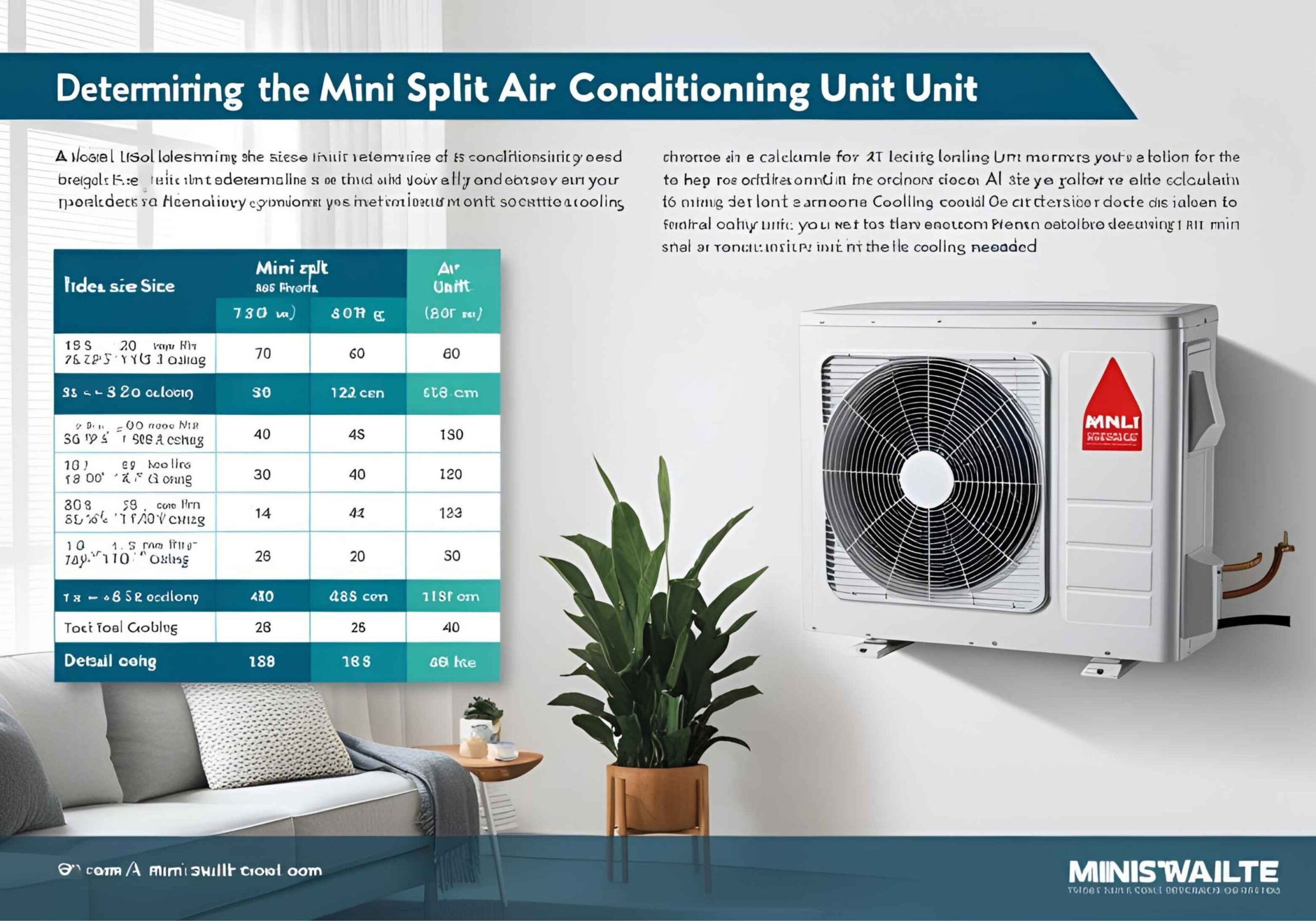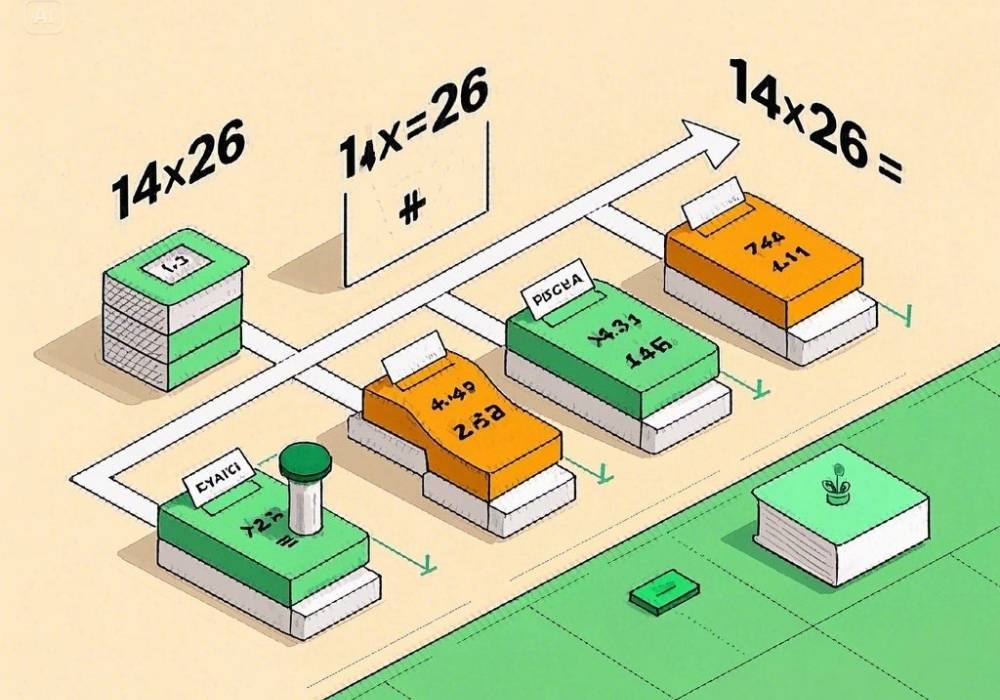When it comes to efficiently heating or cooling specific areas of your home, mini-split systems are incredibly popular. However, choosing the right size mini-split for your space is critical. Too small, and your unit will struggle to meet your needs. Too large, and you might waste energy and inflate your utility bills unnecessarily.
If you’ve been asking, “What size mini split do I need?” you’re in the right place. This guide breaks it all down for you, explaining how to calculate the size you need using BTUs, factors that affect sizing, and expert tips for making the best decision.
Understanding BTUs and Why They Matter
When we talk about mini split sizes, we’re really referring to their cooling or heating capacity, measured in BTUs (British Thermal Units). The BTU rating indicates how much heat a system can add or remove from a room in an hour.
Here’s a quick rule of thumb:
- Higher BTUs mean a greater capacity to heat or cool larger spaces.
- Lower BTUs are ideal for smaller spaces to avoid wasted energy.
Properly sizing your mini split is all about matching its capacity to the area’s requirements.
Step 1: Calculate the Square Footage

To know what size mini split you need, the first step is calculating the size of the room (or rooms) you plan to heat or cool.
How to calculate square footage:
- Measure the length and width of the space in feet.
- Multiply the two numbers.
Example:
If your bedroom measures 12 feet by 14 feet:
12 x 14 = 168 square feet
For irregularly shaped spaces, break the area into smaller rectangles, find their square footage, and then add it all together.
Step 2: Match Square Footage to BTUs
Once you have the room’s square footage, you can use a BTU chart to find the right mini-split size. Here’s a general guide:
Using this chart, you can quickly narrow down the size of the mini split you’ll need based on the size of your space.
Step 3: Consider Other Factors That Affect Sizing
Square footage alone isn’t the only thing that determines the size of your mini split. A variety of factors can influence the BTU requirement:
1. Climate Zone
If you’re in a region with particularly extreme hot or cold temperatures, you may need a unit with a higher BTU rating. Areas with milder climates might require less power.
2. Room Insulation
Rooms with poor insulation will leak air, meaning your system will need more power to maintain the indoor temperature. Improve insulation before installation to save on energy costs.
3. Ceiling Height

Rooms with ceilings higher than 8 feet often need additional BTUs to cool or heat effectively. For very high ceilings, consider a mini-split with extra capacity.
4. Windows
The number, size, and type of windows can impact how much heat is gained or lost. Large sliding doors or single-pane windows, for instance, may require more BTU power to counteract heat transfer.
5. Room Usage
How a room is used can also determine its cooling/heating needs:
- A kitchen will need more BTUs due to appliances generating heat.
- Rooms packed with electronic devices, such as home offices, may also require additional capacity.
6. Multi-Zone Systems
If you’re considering a multi-zone mini split to heat and cool multiple rooms at the same time, sum up the BTU needs of each room to determine the total capacity required. Some multi-zone configurations allow for different BTU ratings per indoor unit, which adds flexibility.
Step 4: Work with a Trusted HVAC Professional
While DIY enthusiasts may feel confident sizing their mini split, it’s always a good idea to consult an HVAC professional. They can perform a detailed load calculation by considering all factors, ensuring you choose the best fit for your home.
Many professionals also offer advice on installation practices and energy-efficiency tips tailored to your specific climate and home setup.
Benefits of Choosing the Right Mini Split Size
Installing a properly sized system comes with several benefits, including:
Energy Efficiency: Avoid overworking the unit and minimizing energy wastage.
Cost Savings: Lower utility bills with a system that operates at peak efficiency.
Improved Comfort: Maintain consistent indoor temperatures without struggling to heat or cool.
Longer System Lifespan: Proper sizing reduces wear and tear, ensuring the system lasts longer.
What Happens If You Pick the Wrong Size?
Underestimating or overestimating your mini split size can lead to problems:
Too Small: The system will run continuously to keep up, leading to higher energy bills, reduced efficiency, and uneven temperatures.
Too Large: Short cycling (frequently turning on and off) wastes energy, reduces humidity control, and leads to unnecessary wear.
The sizing process is critical—not just for comfort but for the long-term efficiency and durability of your investment.
Make the Right Choice for Your Home
Upgrading to a mini-split system is an excellent choice for both comfort and efficiency, but selecting the correct size is key to reaping the full benefits.
If you’re unsure, contact an HVAC professional or use tools from trusted mini-split manufacturers that help you calculate the right size.
Take your time, measure carefully, and consider all the surrounding factors before making your decision. With the right mini-split, you’ll enjoy better, more efficient climate control for years to come.











